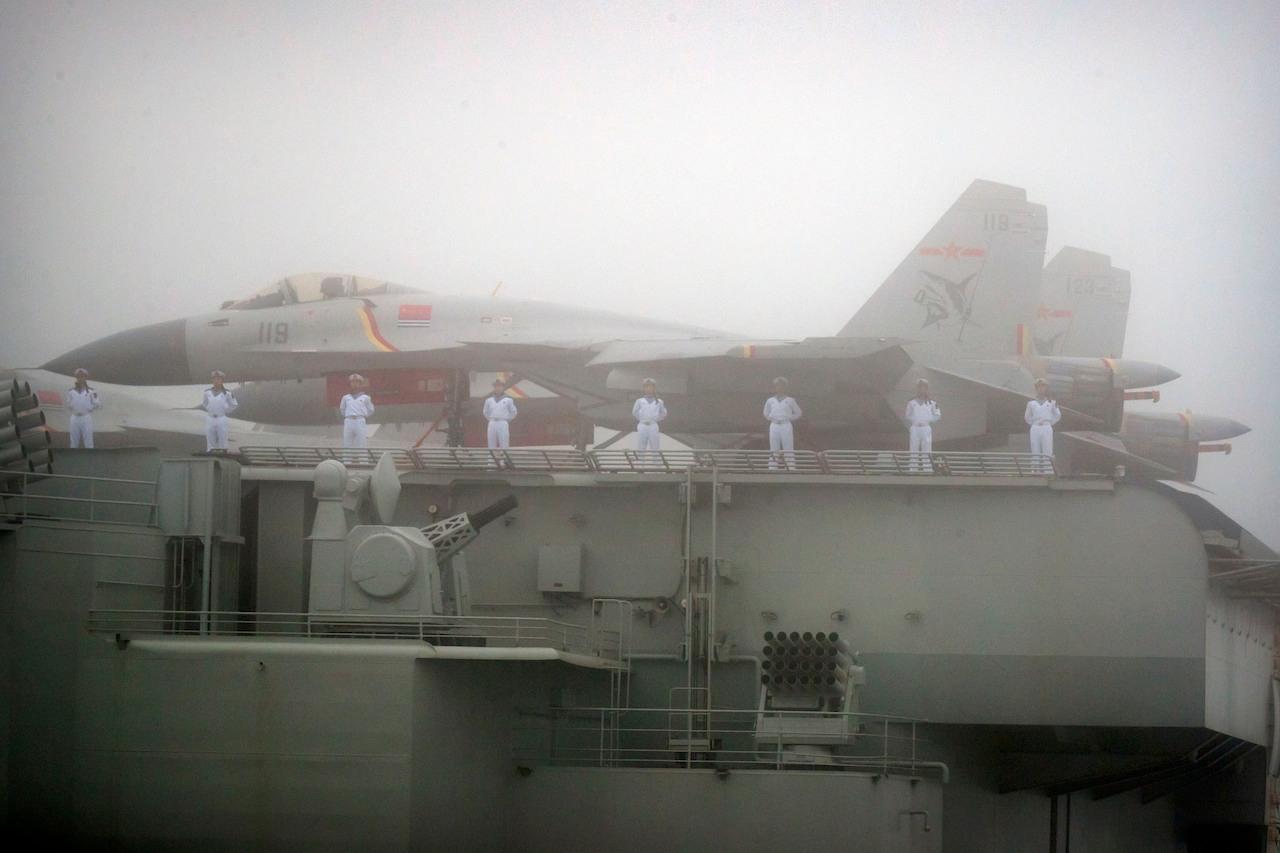Japanese destroyer shadows Chinese aircraft carrier group entering Pacific
Tension between China and Japan has escalated in recent months following Tokyo repeatedly voicing concerns over China's new coastguard law.
In a deployment not seen since April last year, a Chinese carrier strike group was spotted passing near Okinawa in the Ryukyu Islands to the south of Japan, and heading towards the Pacific at the weekend.
The group consists of the aircraft carrier Liaoning, three guided missile destroyers, one multi-role frigate and one fast combat support ship.
In response, Japan has sent a destroyer, a maritime patrol aircraft, and an anti-submarine-warfare patrol aircraft to “gather information and monitor the movements of the Chinese vessels,” the Japanese joint staff said in a statement published on Sunday according to the South China Morning Post.
The Chinese passage follows military exercises conducted by the US Navy and allies in the region last week, including a two-day joint drill with the Australian navy in the Eastern Pacific.
Also, the US aircraft carrier Theodore Roosevelt and its strike group entered the South China Sea on Sunday morning after a joint exercise with the Indian army.
Tension between the People’s Liberation Army and the Japanese Maritime Self-Defence Force in the East China Sea has escalated in recent months following Tokyo repeatedly voicing concerns over China’s new coastguard law.
The law came into effect in February and permits China’s quasi-military force to use weapons against foreign ships that Beijing sees as illegally entering its waters.
In early March, Japan’s coastguard said China’s coastguard had expanded its presence in the contested waters by entering twice a month and as frequently as twice a week near the Japanese-controlled Diaoyu Islands, known in Japan as the Senkaku Islands.
The new US administration under President Joe Biden has reaffirmed a pledge to oppose any unilateral action that threatens to undermine Japan’s administration of the islands and that the US is obliged to defend Japan should its territories come under attack.
China’s defence ministry is urging Japan to stop making provocative moves and refrain from attacking China over the disputed islands.
Last week, two Chinese vessels illegally intruded in Japan’s territorial waters in what Tokyo calls the 11th intrusion by Beijing this year.
Subscribe to our newsletter
To be updated with all the latest news and analyses daily.
